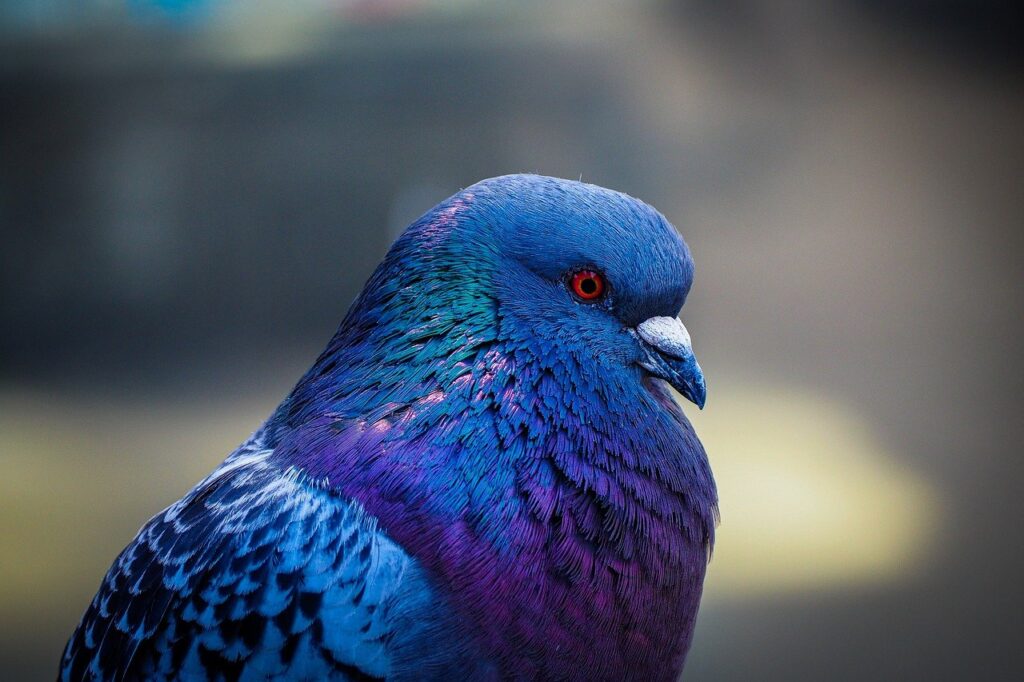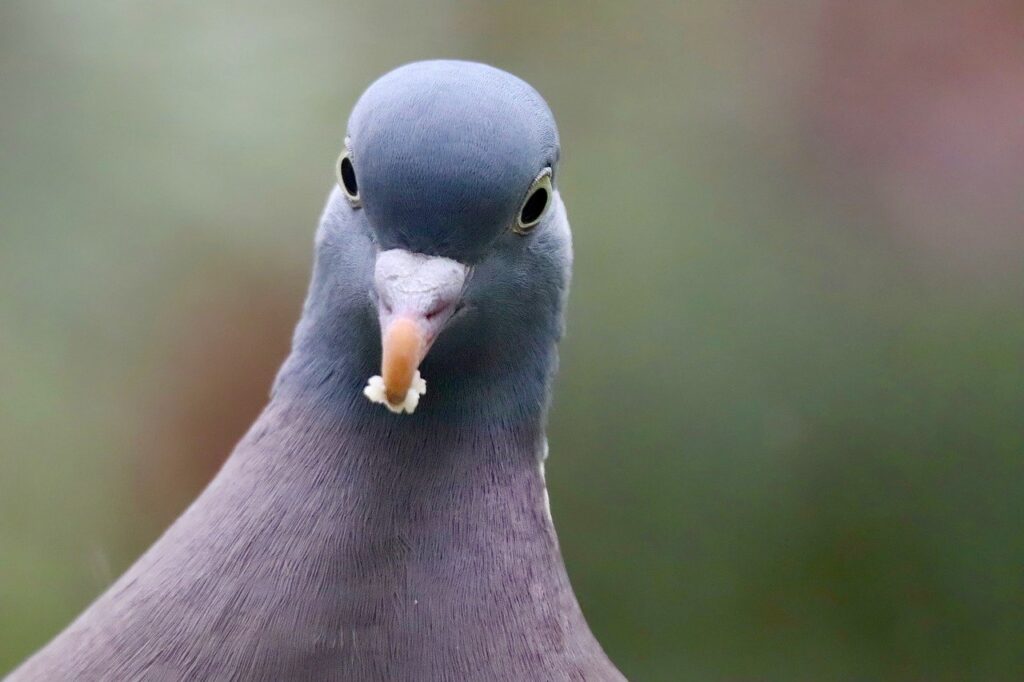THE PIGEON BEAK PROBLEMS

let’s discusses some pigeon beak problems

Beak problems in pigeons can arise due to various reasons, ranging from injuries to nutritional deficiencies, disease or infections. Here are some Pigeon beak problems and possible causes:
trauma and injury:
Trauma or injury in pigeons can lead to serious beak problems that require immediate attention. Whether caused by accidents, fights, or other incidents, any trauma to a pigeon’s beak can result in difficulties with feeding, drinking, and overall well-being.
Nutritional deficiencies:
Nutritional deficiencies can lead to a myriad of health issues in pigeons, with beak problems being a common manifestation. It is crucial for pigeon owners to understand the significance of providing a well-balanced diet to ensure the overall health and well-being of their feathered companions. Beak problems in pigeons can be indicative of underlying nutritional deficiencies that need to be addressed promptly.
Infections:
Bacterial, fungal, or viral infections can affect the health of a pigeon’s beak, causing swelling, discoloration, or abnormal growth.
Overgrown beak:
Sometimes, a pigeon’s beak may grow excessively due to improper wear or lack of opportunities for natural wear-down, leading to difficulties in eating and grooming.
Respiratory issues:
Pigeons rely on their beaks for breathing, so any obstruction or deformity in the beak can lead to respiratory problems.
SYMPTOMS OF BEAK PROBLEMS IN PIGEONS

Symptoms of beak problems in pigeons can vary depending on the specific issue they are experiencing. Here are some common symptoms of Pigeon beak problem.
- Visible injury: If the pigeon has a visible injury to its beak, such as a crack, fracture, or bleeding, it’s a clear sign of a pigeon beak problem.
- Difficulty eating: Pigeons with beak problems may have difficulty grasping food or may drop food while trying to eat. They might also show signs of reluctance to eat altogether.
- Abnormal beak growth: If the pigeon’s beak appears overgrown, misshapen, or unusually long, it could indicate a problem with beak growth regulation.
- Discharge: Any discharge from the beak, such as pus, blood, or mucus, may indicate an infection or injury.
Masses or Growths
- Tumors: On their beaks, pigeons may acquire benign or malignant tumors. These growths might obstruct the proper function of the beak and manifest as lumps or swellings.
- Abscesses: Fungal or bacterial infections can cause abscesses to develop on the beak. These may result in the bird experiencing localized discomfort and edema.
- Foreign bodies: Occasionally, pigeons may get foreign objects lodged in their beaks, such as splinters or plant material. These can cause localized swelling and discomfort.
- Beak deformities: Certain developmental abnormalities or injuries can result in unusual growth patterns or masses on the beak.
Abnormal Shape

An abnormal shape of the beak in pigeons can indicate various underlying issues. Here are some potential causes.
- Injury: The beak may take on an unusual shape as a result of trauma such as fractures or breaks. Accidents, conflicts with other birds, or assaults by predators could all lead to this.
- Nutritional deficiencies: To ensure healthy beak growth and development, pigeons need a balanced diet. Anomalies in the construction of beaks can result from deficiencies in important minerals such as calcium, vitamin D, or protein.
- Overgrowth: Beak overgrowth, where the beak grows excessively long or thick, can occur due to a lack of proper wear from feeding or grooming. This can lead to deformities in the beak’s shape.
- Environmental factors: Environmental factors such as exposure to toxins, chemicals, or extreme temperatures can impact beak development and result in abnormal shapes.
Treatment
A treatment strategy to address or manage the issue can be suggested once the cause of your bird’s beak problem has been identified. The course of treatment may involve beak trimming, medication, nutritional supplements or adjustments, and environmental adjustments. This treatment strategy may involve a temporary or permanent alteration to your bird’s lifestyle, depending on what is causing the beak difficulties.
HOW TO PREVENT BEAK PROBLEM IN PIGEON
Preventing pigeon beak problems involves providing proper care, nutrition, and environmental enrichment. Here are some measures you can take to help prevent Pigeon beak problems.
- Nutrition: Provide pigeons with a healthy, well-balanced diet. A variety of grains, seeds, fruits, vegetables, and commercial pigeon feed should be included in this. Make sure the diet has the vital vitamins, minerals, and proteins required for the proper development and upkeep of the beak.
- Grit and Calcium: Give pigeons access to grit and calcium supplements to aid in good beak maintenance and correct meal digestion.
- Clean Environment: Keep the pigeon’s environment clean and free from contaminants that could cause infections or injuries. Regularly clean cages, perches, and feeding areas to prevent the buildup of bacteria and fungi.
- Safe Housing: Ensure that the pigeon’s housing is safe and free from hazards that could cause beak injuries, such as sharp edges or rough surfaces. Use appropriate cage materials and accessories to minimize the risk of trauma.
CONCLUSION
the pigeon beak problem can arise due to various factors such as injuries, infections, nutritional deficiencies, or congenital abnormalities. These issues can lead to discomfort, difficulty eating, and potential complications if left untreated. However, with proper care, prevention, and timely veterinary intervention, many beak problems in pigeons can be effectively managed or prevented altogether.



0 Comments